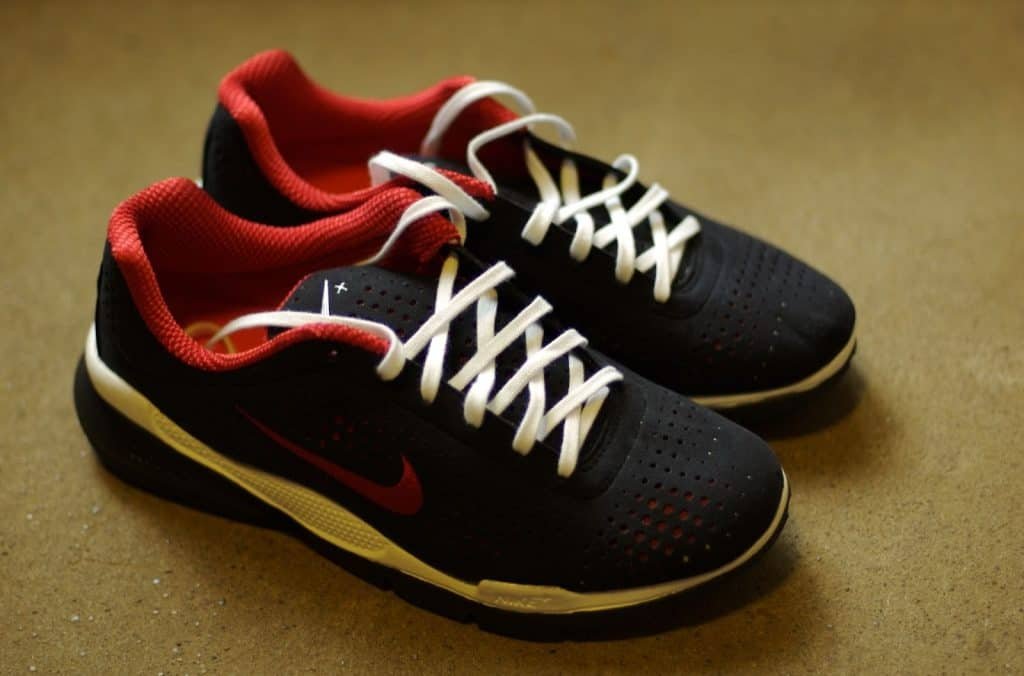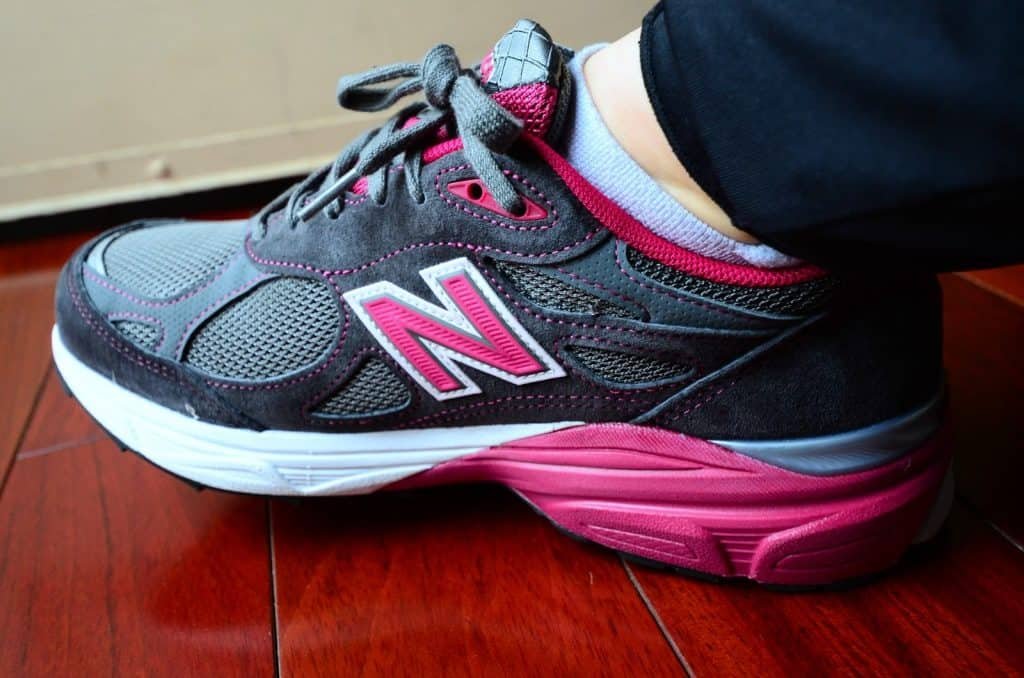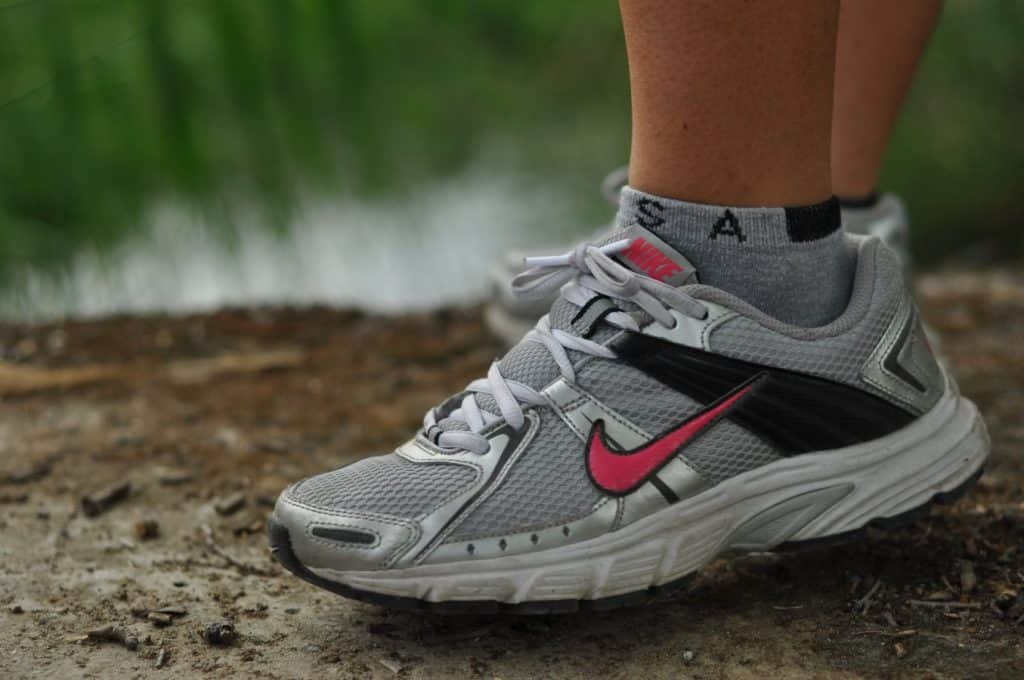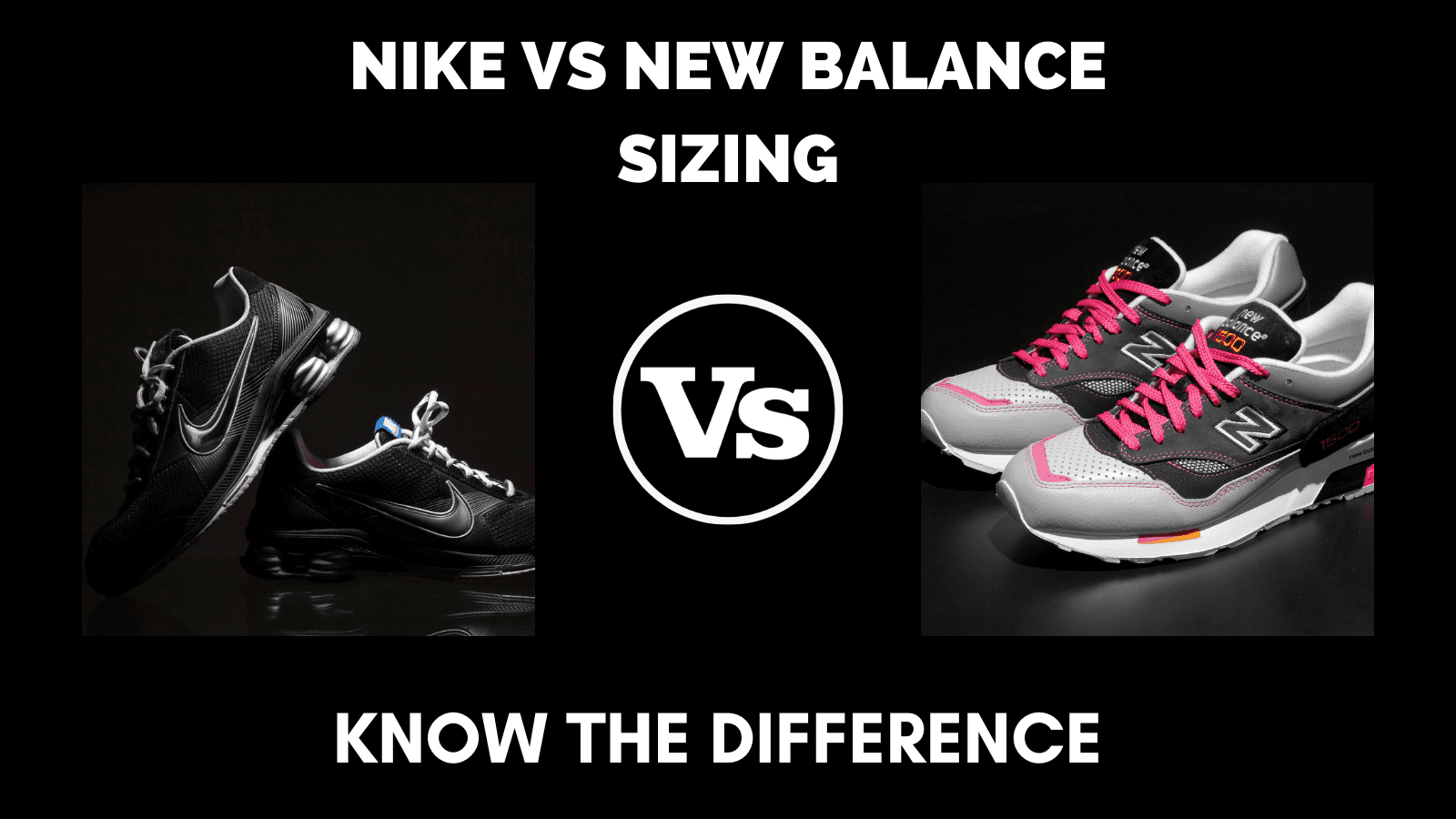Nike and New Balance are two of the most popular brands for footwear in the sports and activewear world. The iconic Nike tick and the N or NB logo of New Balance can be found on shoes for every sport.
As sneakers and trainers have become part of casual wear and even fashion wear, these companies have released fashion products as well.
Whether you are looking to buy something for your next big game or you just want something that you can wear daily while you run errands, both these brands offer a lot of great options.
How the shoes fit is just as important, if not more, than the style. Different companies tend to have slight differences in sizing, which also holds true for Nike and New Balance products.
Here are a few things about how these manufacturers size their shoes.
Shoe Length
We are all very familiar with how shoe sizes are broken down into US, UK, or EU sizes. You might have an idea of how long your feet are in inches and use that scale to find the right-sized shoe.
The problem is that different companies size shoes differently. For instance, if you are wearing a Nike that is a US size 10 for men, that same size could be a size 9 for a Reebok sneaker or a size 11 for an Asics sneaker and will not fit in the same way.
Nike and New Balance are quite different in terms of shoe length. In general, customers claim that New Balance shoes have a more natural or true fit to their size, whereas Nike sneakers tend to be a touch too tight.
This becomes more apparent when we look at the technical specifications and shoe sizes that Nike and New Balance produce.
Nike

Nike produces shoes from sizes 6 to 18 for men. For women, their shoe sizes are between 5 and 12.
The point to note here is that the same shoe size has different dimensions for each brand. A US men’s size 7 is 9.6 inches in a Nike shoe but had it been a New Balance shoe, it would measure 9.8 inches.
New Balance
New Balance produces shoes from sizes 4 to 20 for men and 4 to 15 for women. You can also get half sizes for men up to a size 13 and women up to a size 14.

Overall, every size in the New Balance range is slightly larger than its Nike counterpart, so if you are used to the Nike sizing, selecting a smaller size in New Balance will be the right choice.
However, shoe length is not the only consideration. The width also varies between the two manufacturers.
Shoe Width
Shoe width is, to some extent, proportional to shoe length. Since Nike’s shoes tend to be a bit shorter than New Balance’s, the width is also slightly narrower. There are a few options you can explore to achieve the perfect fit.
The standard width on both Nike and New Balance is size D. This is the kind of width you will find on all models of their shoes. Again, since the length of the basic size varies, the standard width of the size D shoes also varies a little. Nike size D will be slightly less wide than a standard size D in a New Balance shoe.
To overcome this problem, both manufacturers offer different widths in different shoes, but not all shoes are available in different widths. Some shoes are specifically designed for people with extra-wide feet, and they are available in wider sizes, while other shoes are only available in the standard D width, no matter what shoe size you get.
Nike shoes are a little limited in terms of width options. You have the standard D width, a size B, a narrow width size, and then a size 2E, which is the wider size in Nike shoes.
New Balance gives you a few more options. For men, they have an extra narrow (2A), narrow (B), 2E (wide), 4E (extra wide), and even a 6E (XX-wide).
For women, the standard width is B, extra narrow (4A), narrow (2A), wide (D), extra wide (2E), XX-wide (4E).
Some of these widths in both Nike and New Balance are only available in larger shoe sizes. If you are looking for a 6E men’s shoe, you will most likely find it in a size 11 or above. Smaller shoe sizes are available with smaller widths.
Tightness
Good shoe fitting depends on the tightness of the toe box and the comfort of the arch and heel. This is largely determined by the design and structure of the sole as well as the internal design of the shoe.

New Balance shoes have a broader and more spacious toe box, which suits their larger shoe sizes. On the other hand, Nike has a more slender and tighter shoe box to give you a tighter grip around the toe area.
To some extent, this is about preference. Some people simply prefer a looser toe box where they have enough room to wiggle their toes, while others prefer a tight fit.
The inner sole of the shoe, especially the area that is directly in content with the arch of your foot, varies. New Balance shoes have a flatter inner sole, which works great with their kinds of sizes. If you have flat feet, this is a great choice.

If you have arched feet or just prefer extra support under the arch of your feet, then Nike shoes will be the better choice, as they have a slight rise at the midpoint of the inner sole.
Nike, being the slimmer and sleeker shoe, has a tighter fit around the sole area.
Final Thoughts
When selecting a shoe, the best option is to try on at least a couple of different sizes to see what works best for you.
Different shoes of the same size will fit a bit differently because of the design and structure of each individual shoe. For some shoes, such as gym shoes, that tend to have a flat outer sole, you don’t need a wide size since the shoe’s basic design is more spacious.
For something like a cycling shoe, which is meant to be a tight fit, you will want to select a larger size so you can be comfortable but still tightly packed in the shoe.


